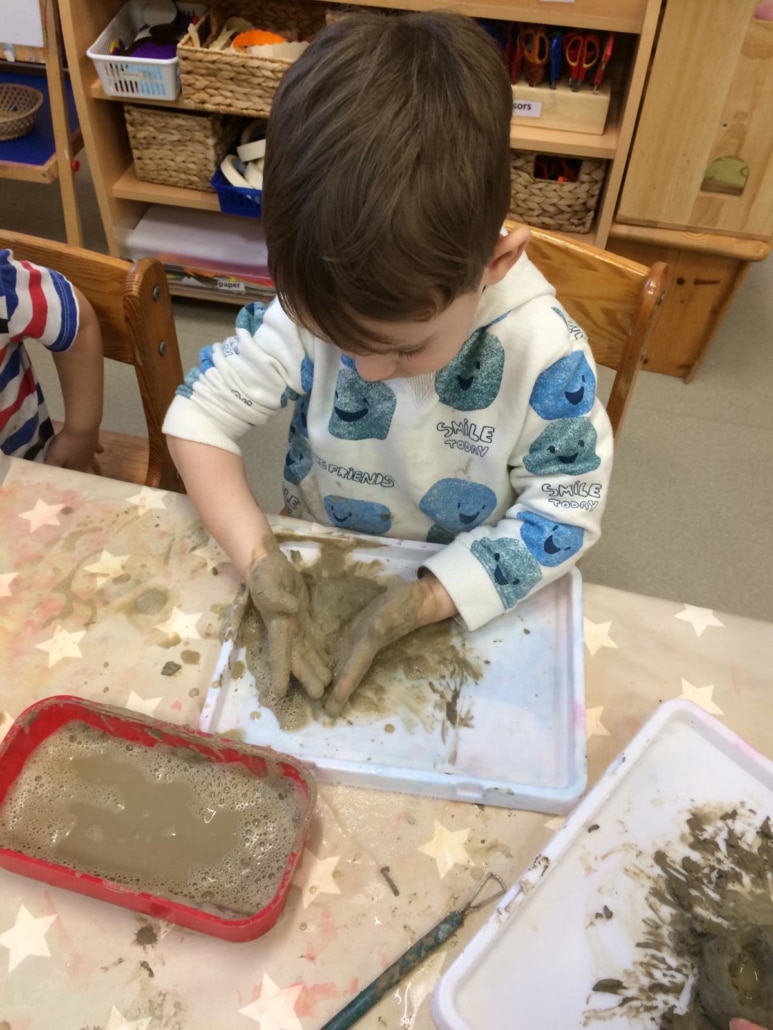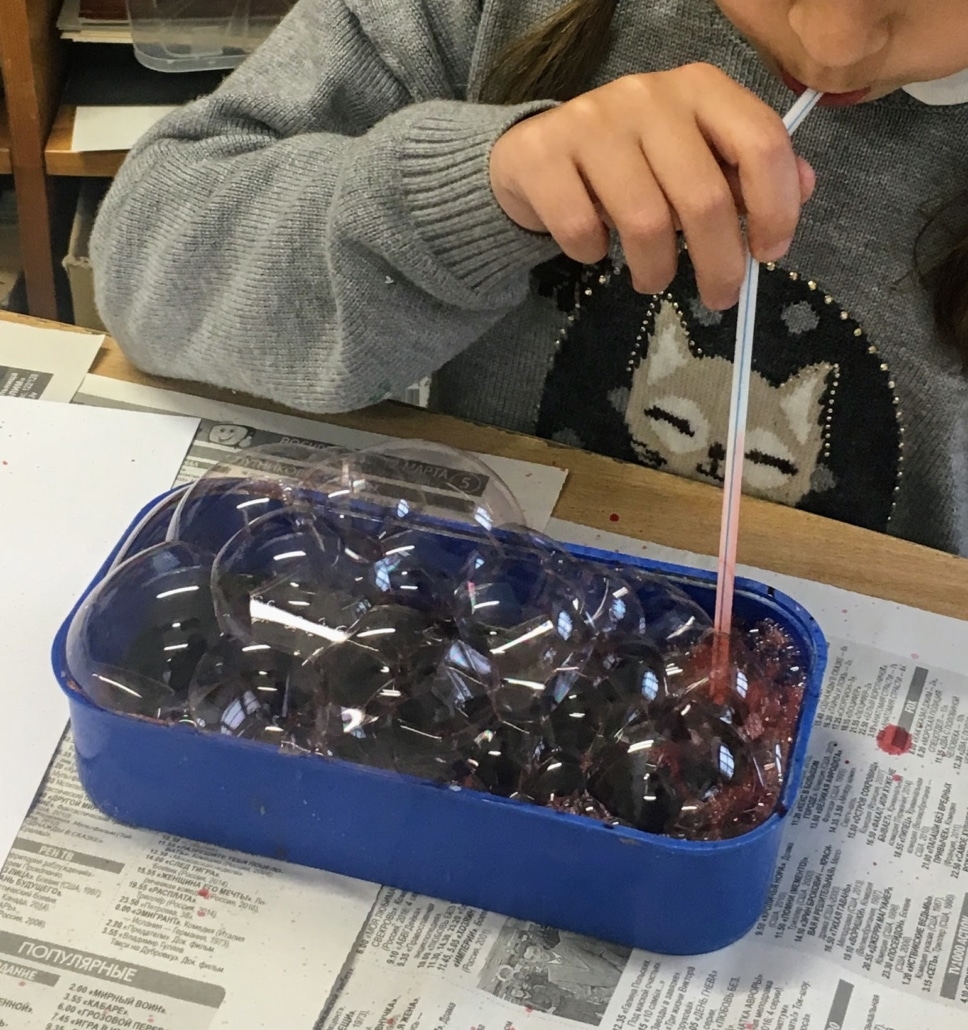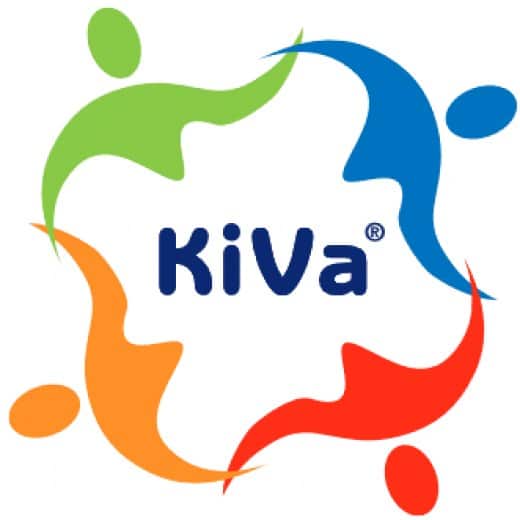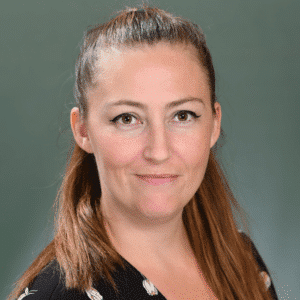Possibility for Everyone to Be an ArtistBy Valda Vītola, Primary Art Teacher
As a mother and ISR Art teacher with quite a long professional experience, I would like to share my experience, how the joint artistic activities may help the little ones to become acquainted with the world and the grown-ups to waken the childishness energy in them. Our variable world requests us to be creative every day, to think out of the box and to make original decisions. Everything happens so fast, our children will have to be able to live, work and settle issues and at the end be happy in the world, about what we know very little. Thinking out of the box will be necessary for them even more than we do. How to help to develop creative approach to life already from childhood? One of the options is art, alongside with the general education process at International School of Riga , where the International Baccalaureate Primary School Programme (IB PYP) is implemented in the pre-school and primary school.
There is a great alternative for such an approach – artistic activity with a focus not on the end result, but on the creative process (Process Art). That is an activity oriented towards the choice of the child, where the key advantage is experience obtained during the process. There is no sample or step by step instructions, therefore every piece of art is unique. The new artist has a possibility to experiment and to learn how to apply different materials and tools. Unsuccessful experiment does not mean failure, but rather the possibility to try differently. I like very much the phrase: “Did not manage? Try once again, fail once again, fail better!” When using such an approach, the creativity and conviction on the meaning of their ideas are developed by students. We work according to this principle at ISR but it can be easily implemented also at home. How does it look in action? There are different art materials and work tools placed on the table, but the child himself figures out what to do with them. The most unexpected options are possible. For example, there is a cardboard, blackboard chalks, a cup with water and a paintbrush on the table. Can you figure out at least three ways, how to use these materials? A child will definitely do this and, most probably, soak a chalk in water will be one of the first experiments. The little one does not know what is right (from our perspective) and creates something of his own. Recently I offered to my students in the preschool group a clump of clay, soap water and a dropper. There were so many different results! For one it ended up with a foamy clay soap, the other was glad that the moist clay becomes so tender as a cream and smoothed down his or her piece as a mirror, the other managed to create quite a nice vase, but someone did not want to get hands dirty and went to draw.
It is important to observe – both, in the apartment as well as in the town and nature, and then try to reproduce what you have seen. You only have to remember that a child sees different things for the first time and notices completely different details than an adult. Therefore, you should not hurry up to show what is correct. It is better for an adult to join and to create your own work! The last challenge – the end product, what to do with it? Note much of them will qualify for placement on the shelf or hanging on the wall, but you should not throw them out immediately. Although a process is the main thing for a child, however, every piece of work is dear. But you can photograph it! Or even better, film it and let the author tell what is described there. I have learned not to say what I see, because when appreciating how good you have managed to create, for example, a horse, I can get a reproachful reply that it is a mum. You better ask: Tell me about your piece of work! Such virtual exhibition by the time will enable us to follow up the progress and sooner or later images understandable for everyone will emerge from the chaos. |









